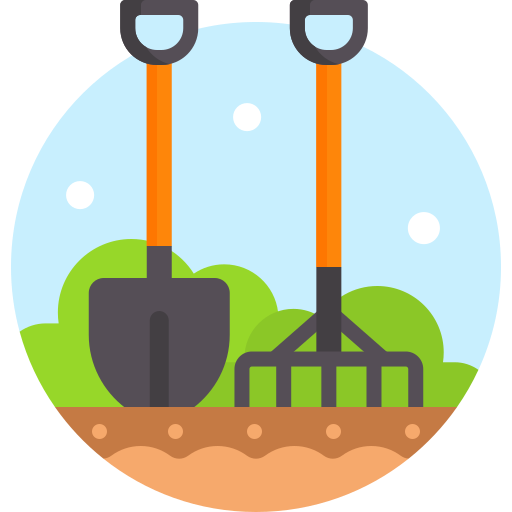I recently bought fertilizer for my tea plant. The recommended fertilizer was for hydrangea and Rhododendron. I tried googling other plants that would benefit from the same fertilizer but google wasn’t much help.
Anyone know what other plants would benefit from the fertilizer?
Try to find the NPK ratio of your fertilizer somewhere on the packaging . N is nitrogen, P is phosphor and K is potassium, so these numbers give you the respective contents of your fertilizer for the 3 most important nutrients for plants.
Then try to google the optimal NPK ratios for other plants you might have. If it’s close enough to your fertilizer’s ratio, it should work fine for those plants too.
Adding to the other comment that pretty much covers it that it’s likely also an acidifying fertilizer, as in it’s got extra magnesium, or epsum salts so it can’t technically be used anywhere but also more plants than you think benefit from some acid so any berry plants for the most part will use it too. And I found it worked pretty well for other crop plants not in the Braasica family.
Fertilizers for specific crops is pure marketing. The important thing is the ratio of fertilizers on the bag versus what is in the soil.
The best way to save money, use fertilizers responsibly, and prevent environmental damage is to do soil test. Then apply fertilizer based upon the results.
In Potted plants it is a bit different. You need to provide all of the nutrients for the plant and then leach out salt buildup. Use of slow release fertilizer with a ratio of 3:1:2 (NPK) plus micros is needed.
According to recent garden store advice, hydrangeas, rhododendron, and blueberry bushes all like slightly acidic pH.


